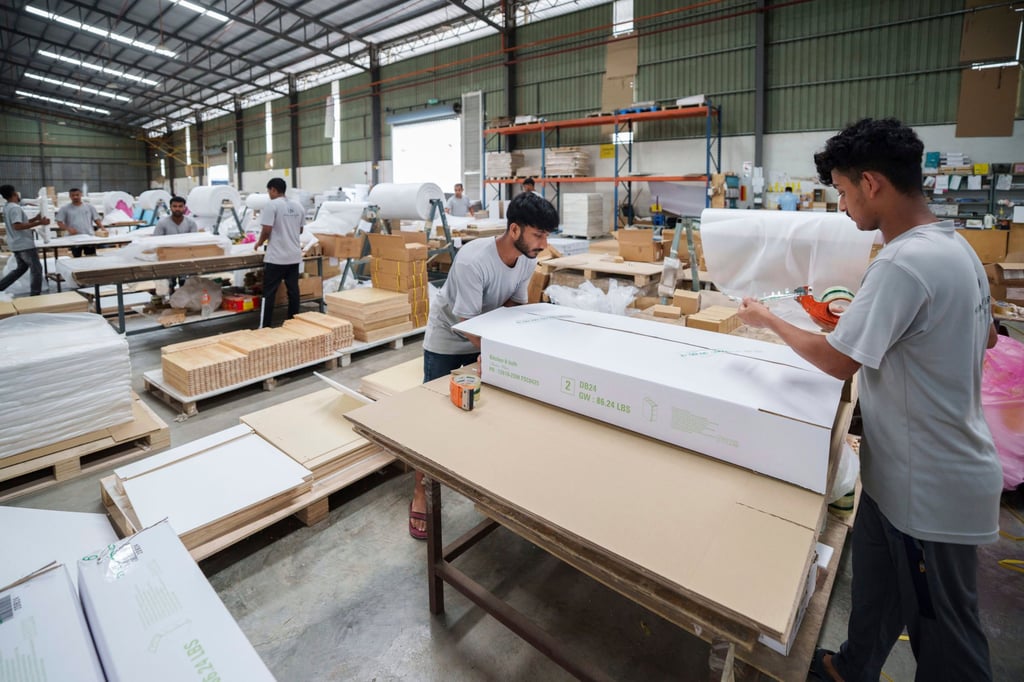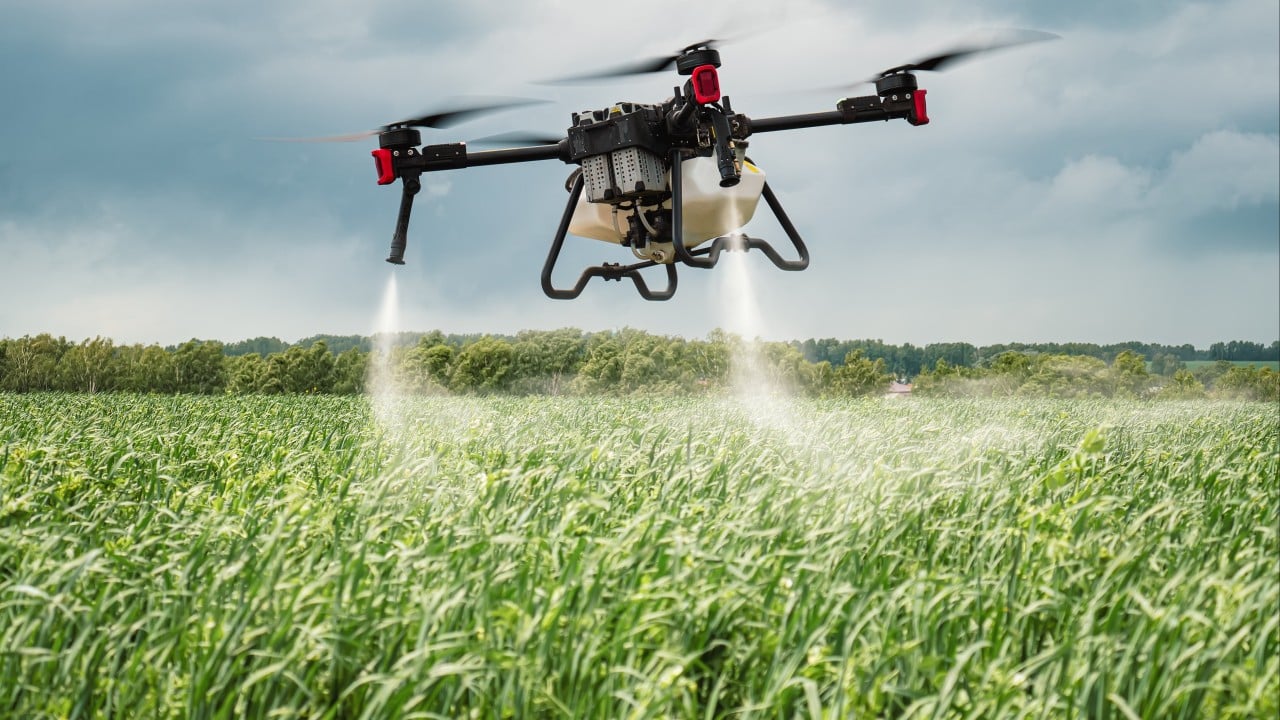Global trade tensions sparked by US President Donald Trump’s threat of steep tariffs have prompted a scramble among Asian countries to strike trade deals with Washington, as the vulnerability of their supply chains revolving around low-value assembly comes into focus.
Advertisement
Caught between China and the US, the survival of many small and medium-sized producers in Asia hangs in the balance if the tariffs are to take effect once Trump’s 90-day reprieve expires in early July, given that the US remains a critical export market for them.
Yet as the saying goes, every adversity carries the seed of opportunity, and for Asian economies willing to chart an innovative course, such as in clean technology, it could be a pivotal moment.
Trump’s tariffs have been imposed with two primary goals: resetting the US trade balance and bringing back manufacturing to its shores. If Asian economies leverage their strengths, they could be at the forefront of a new economic paradigm.

The Asia-Pacific region remains a manufacturing powerhouse, accounting for more than 75 per cent of the world’s labour force, with manpower costs nearly 80 per cent lower per hour than in the West, according to a BCG report.
Advertisement

